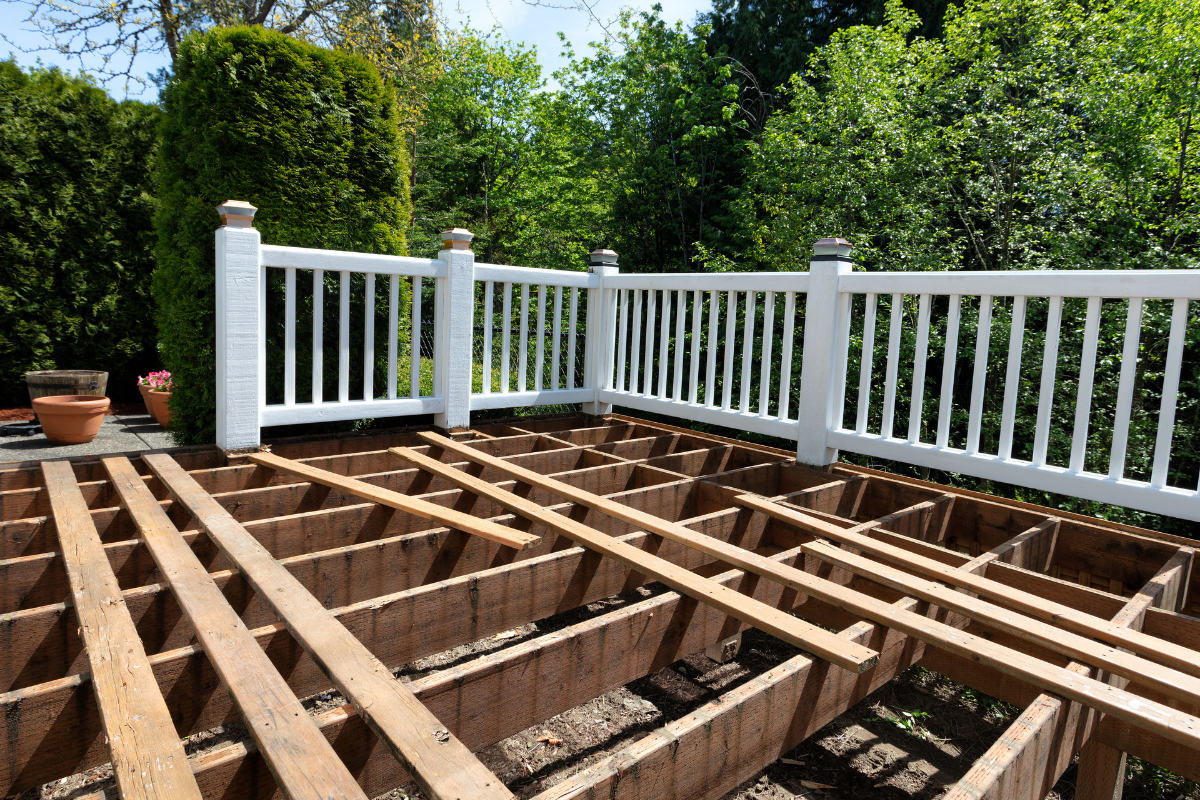Architectural Reviews

February is the time of year when those of us in Ohio start thinking about sunnier and warmer days to come. For many people, that means making plans for summer projects and improvements to their homes. Establishing architectural standards and reviewing applications for exterior improvements is one of the most important jobs for many HOA and condominium boards, and this is a great time for board members to review procedures and ensure that their association is handling that responsibility properly.
Every association board should first familiarize themselves with the authority and responsibilities established by their governing documents. Architectural control provisions come in all kinds of shapes and sizes. In most HOAs, the deed restrictions will provide authority for the association to exert some level of control over the exterior appearance of improvements in the subdivision. That will often take the form of authority for the board to establish architectural standards and a requirement that owners submit plans and receive approval before installing or modifying improvements. Some documents, however, will establish certain restrictions, such as a limit on the height of fences or a requirement that they be made of a certain material, and simply give the association the authority to enforce those restrictions. In some cases, the deed restrictions don’t give the association any authority over improvements at all. Boards must read their documents and consult with legal counsel to understand their proper role.
In a condominium, the board is very likely to have much more extensive authority to control what unit owners can install on the exterior of their units and in the common elements. This is primarily because many condominiums are intended to have a uniform appearance and because a condominium association usually has the responsibility to maintain most, if not all, of the exterior portions of the property. For these reasons, it is often going to be advisable for a condominium board to adopt more extensive rules and guidelines to more tightly control the types of exterior improvements unit owners can install.
Once a board has confirmed its role and authority, it should adopt policies and procedures to make sure that authority is exercised fairly. To the extent possible, an association should establish specific guidelines so that owners know in advance what they are permitted to install, and then stick to those guidelines unless a legitimate need for a variance arises. Similarly, if your governing documents require approval from the association before installing or modifying improvements, this requirement should be strictly enforced. If appropriate, boards should adopt a standard form for architectural review applications and should require owners to use it. Keep in mind that some governing documents contain strict timelines for reviews, so the board may have to act within a certain amount of time, usually 30 days, or the application is deemed automatically approved.
When reviewing applications, boards must ensure that they know exactly what it is they are approving. When necessary, and if permitted by the governing documents, plans, specifications, and drawings should be required. Often a board will approve an improvement only to realize after the fact that what was built, while technically consistent with the application, is not at all what the board had envisioned. When in doubt, ask for clarification and specifics before approving an application.
The most common issues that associations face when enforcing architectural review provisions are claims of discrimination/ selective enforcement or claims that the restrictions have been waived and are no longer enforceable. If your board is ever confronted with a claim like this, it is important for you to contact legal counsel immediately. Even an ultimately meritless and unsuccessful discrimination claim can prove to be very costly if it is not handled timely and appropriately. If your restrictions have gone largely unenforced, it is usually still possible to revive them and require strict compliance going forward, but there are important legal steps that must be taken to do so.
If your association is unsure of its proper role or authority or if you have concerns that architectural control provisions in your community have not been strictly or uniformly enforced in the past, contact our office at 614-228-0207 to speak to one of our attorneys about your options.

Brad Terman
Mr. Terman has been practicing since 2008 with experience in many areas of law including civil litigation, creditors’ rights, landlord/tenant, and community association law. Mr. Terman has extensive experience in bankruptcy and collection matters, and enforcement matters related to community associations. Read Brad Terman's full bio.
